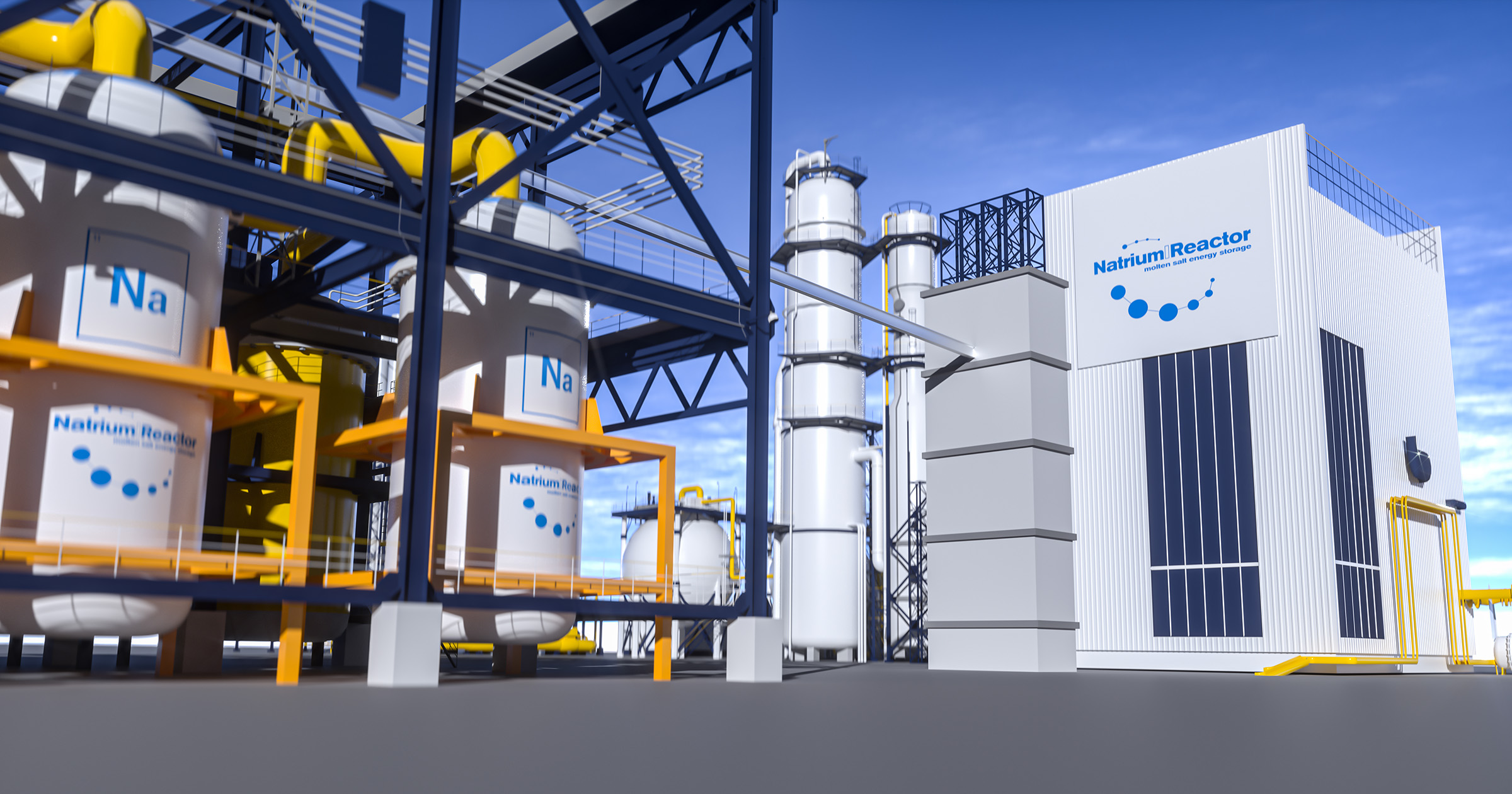Disclaimer: Unless otherwise stated, any opinions expressed below belong solely to the author.
Crunching big data sets requires a lot of energy — so much, in fact, that Microsoft, in its quest for AI supremacy, is now hiring someone to “lead project initiatives for all aspects of nuclear energy infrastructure for global growth” — that is building nuclear reactors to power the company’s data centres.
It shouldn’t come as a big surprise since it’s no secret that Bill Gates himself expressed interest in and support for nuclear fission and even founded TerraPower, a company prototyping new generations of reactors, back in 2006 — although the company doesn’t have any commercial agreements with Microsoft as of yet.
Before anything is built, however, the new hire, earning up to US$282,000 per year, will be charged with “technical assessment integration of SMR and microreactors to power the datacentres that the Microsoft Cloud and AI reside on”.
SMRs, short for small modular reactors, have been all the rage of the industry over the past few years, as they are smaller, promise simpler construction and maintenance, and are safer than conventional reactors which cost billions of dollars, take years to build, and often suffer enormous delays and financial overruns.
They provide considerably less electricity per unit but offer scalability on an as-needed basis and, as such, can serve both national needs as well as individual organisations — in this case, a major company needing a stable supply of environmentally-friendly generated electricity.
As luck would have it, U.S. Nuclear Regulatory Commission certified the first SMR design for deployment in America earlier this year.

Where is the puck going?
Ice hockey legend Wayne Gretzky once said that to be a great player, you just have to “skate to where the puck is going to be, not where it has been”.
This move by Microsoft, however unconventional it may seem, may be simply a response to several trends that are going to define future capabilities of technology companies.
The first one is, obviously, the ground-breaking role of AI, which already consumes enormous amounts of energy to train and run, what is only going to multiply demand for electricity in the future.
The second parallel trend is a global shift to greater reliance on electricity for mobility, as combustion engine-powered vehicles are expected to be replaced by electric vehicles.
Seemingly, Microsoft has nothing to do with cars, but a fairly rapid shift from petrol cars to battery-powered ones may strain the existing electricity grids in Europe and America. At the very least, it is going to raise the cost of energy, but in the worst case scenario, it could also create unpredictable shortages and disruptions.
Renewables are not the answer since they do not provide electricity in a stable manner across the day and throughout the year. The only environmentally sound solution is going nuclear. Fusion would be preferable, but that is likely many years away so, as of now, nuclear fission is the most stable source of energy, working reliably day and night for many years.
Being able to rely on your own supply of power instead of potentially overloaded grid that bureaucratic administrations in the US and elsewhere might not be able to upgrade quickly enough, would be a strategic advantage.
Big Tech is already grappling with shortages of capable AI GPUs, as Nvidia is struggling to make them quickly enough. The challenge of tomorrow may be undisrupted, affordable access to electricity.
Finally, deploying SMRs in practice (as well as competing nuclear fusion solutions that the company is also interested in) would allow Microsoft to collaborate with prospective startups in the space and be one of the first to spot the best one and invest in it before anybody else — much like it did with its bet on OpenAI.
After all, who’s to say MS could not one day become a power technology company as well? Since everything in tech runs on electricity, it’s only logical that having a stake in its supply is a worthy bet for one of the most valuable businesses in the world.
Featured Image Credit: Concept illustration of a salt energy storage natrium sodium nuclear reactor power plant by aa-w / depositphotos








